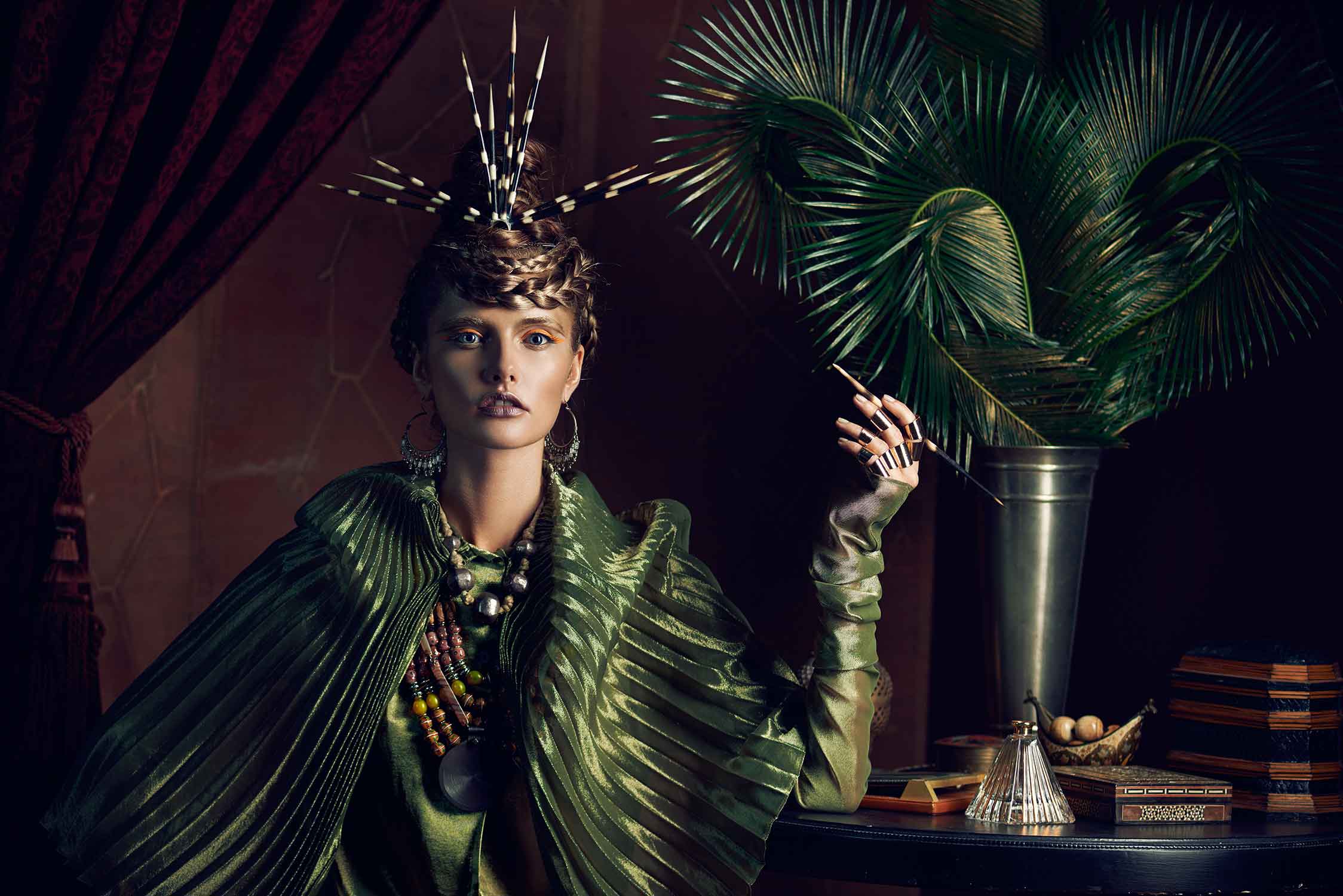Secrets Of Lust Goddess Scenes: An In-Depth Analysis
In the realm of cinematic storytelling, lust goddess scenes have emerged as a mesmerizing focal point, captivating audiences with their intricate blend of allure and narrative depth. These scenes, often enveloped in a veil of mystery and sensuality, offer a peek into a world where desire and storytelling merge seamlessly. The depiction of lust goddesses in various media not only enriches the narrative but also ignites a sense of curiosity and intrigue among viewers, drawing them into a captivating dance of emotions and visuals.
The fascination with lust goddess scenes is deeply rooted in the human psyche, exploring themes of power, attraction, and the divine feminine. These scenes often serve as a narrative device that challenges societal norms, pushing the boundaries of storytelling to explore the multifaceted nature of desire. From ancient mythology to modern cinema, the portrayal of lust goddesses has evolved, reflecting changing cultural attitudes and the enduring allure of the feminine mystique.
As we delve deeper into the world of lust goddess scenes, it becomes evident that these portrayals are not merely about physical allure; they are a celebration of complexity and empowerment. The depiction of lust goddesses often intertwines with themes of independence, strength, and transformation, offering a rich tapestry of stories that resonate across different cultures and eras. Through this exploration, we gain a deeper understanding of how these scenes continue to enchant and inspire audiences worldwide.
Table of Contents
- Biography of Lust Goddesses
- What Makes a Scene Truly Goddess-like?
- Evolution of Lust Goddess Scenes
- Why Are They Popular?
- The Impact on Audience
- Exploring the Symbolism
- Role in Modern Cinema
- How Do They Reflect Cultural Changes?
- The Art of Crafting a Perfect Scene
- Iconic Lust Goddess Scenes in History
- How Do They Influence Other Genres?
- Challenges in Portraying Goddess Scenes
- Frequently Asked Questions
- Conclusion
Biography of Lust Goddesses
Lust goddesses, often emanating from mythological origins, have transcended their initial roles to become pivotal figures in storytelling. These goddesses, characterized by their enigmatic allure and commanding presence, embody a blend of beauty, power, and wisdom. Their stories, etched in the annals of history, serve as a testament to their enduring impact on culture and imagination.
| Attribute | Details |
|---|---|
| Name | Various (e.g., Aphrodite, Venus, Ishtar) |
| Origin | Mythology and Folklore |
| Characteristics | Beauty, Power, Wisdom |
| Symbolism | Love, Desire, Fertility |
| Influence | Cultural, Artistic, Societal |
What Makes a Scene Truly Goddess-like?
A scene becomes truly goddess-like through the seamless integration of visual elements, narrative depth, and character development. These scenes often emphasize the divine feminine, showcasing the goddess's power and influence over her surroundings. The use of symbolism, such as nature, light, and color, further enhances the ethereal quality of these scenes, creating a lasting impression on the audience.
Evolution of Lust Goddess Scenes
The portrayal of lust goddess scenes has undergone significant transformation over the centuries. From ancient texts and artworks to modern films and literature, these scenes have adapted to reflect the changing cultural landscape. Early depictions often focused on the goddess's physical beauty and allure, while contemporary portrayals emphasize her complexity and empowerment.
- Insights Into Telugu Sex Film Telugu A Cultural Phenomenon
- Movierulz Your Ultimate Guide To Online Movie Streaming
In ancient mythology, lust goddesses were revered for their beauty and fertility, often depicted in roles that highlighted their influence over love and desire. As storytelling evolved, these goddesses began to embody more nuanced characteristics, reflecting societal changes and the growing recognition of women's multifaceted roles.
In modern cinema, lust goddess scenes are crafted with a keen awareness of the audience's expectations and cultural sensibilities. Filmmakers often use these scenes to challenge stereotypes, explore themes of identity and empowerment, and celebrate the divine feminine in all its forms.
Why Are They Popular?
Lust goddess scenes continue to captivate audiences due to their timeless appeal and universal themes. These scenes offer a unique blend of fantasy and reality, allowing viewers to escape into a world where the boundaries of desire and power are explored without constraint. The allure of the goddess, combined with the richness of the narrative, creates a compelling experience that resonates with audiences across generations.
Moreover, lust goddess scenes often serve as a reflection of cultural values and societal norms. They provide a platform for exploring complex themes such as love, power, and transformation, offering viewers a deeper understanding of the human experience.
The Impact on Audience
The impact of lust goddess scenes on audiences is profound, often evoking a wide range of emotions and reactions. These scenes can inspire, challenge, and provoke thought, encouraging viewers to reflect on their own perceptions of desire and empowerment. The depiction of lust goddesses also serves as a catalyst for discussion and debate, prompting audiences to consider the broader implications of these portrayals in media and society.
Exploring the Symbolism
The symbolism embedded within lust goddess scenes is rich and varied, offering a window into the deeper themes and messages conveyed through these portrayals. Common symbols include:
- Nature: Representing fertility, growth, and renewal.
- Light: Symbolizing knowledge, enlightenment, and divine presence.
- Color: Evoking emotions and highlighting the goddess's attributes.
- Animals: Reflecting the goddess's connection to the natural world and her role as a protector and nurturer.
These symbols not only enhance the visual and emotional impact of lust goddess scenes but also provide layers of meaning that enrich the narrative and engage the audience on multiple levels.
Role in Modern Cinema
Lust goddess scenes have carved a niche in modern cinema, serving as a powerful storytelling tool that captivates audiences and challenges conventions. Filmmakers often use these scenes to explore themes of identity, power, and transformation, offering a fresh perspective on the divine feminine.
Incorporating elements of fantasy, drama, and romance, lust goddess scenes provide a rich tapestry of visuals and emotions that resonate with viewers. They offer a platform for exploring complex themes and characters, pushing the boundaries of traditional storytelling and creating a lasting impact on the audience.
How Do They Reflect Cultural Changes?
The portrayal of lust goddess scenes has evolved in response to cultural changes, reflecting shifts in societal attitudes and values. As societies become more diverse and inclusive, these scenes have adapted to celebrate the multifaceted nature of desire and empowerment.
In recent years, there has been a growing emphasis on depicting lust goddesses as complex, empowered individuals who challenge traditional stereotypes and roles. This shift reflects a broader cultural movement towards recognizing the diverse experiences and contributions of women, both in media and society.
The Art of Crafting a Perfect Scene
Crafting a perfect lust goddess scene requires a delicate balance of visual storytelling, character development, and narrative depth. Filmmakers and writers must consider various elements, including:
- Set Design: Creating a visually stunning environment that complements the goddess's attributes and enhances the narrative.
- Costuming: Designing costumes that reflect the goddess's power and allure, while also conveying her unique characteristics.
- Lighting: Using light to highlight the goddess's presence and create an ethereal, otherworldly atmosphere.
- Soundtrack: Incorporating music and sound effects that evoke emotion and enhance the overall experience for the audience.
By carefully considering these elements, creators can craft lust goddess scenes that captivate audiences and leave a lasting impression.
Iconic Lust Goddess Scenes in History
Throughout history, there have been numerous iconic lust goddess scenes that have left an indelible mark on audiences and culture. These scenes, whether in literature, art, or film, have captured the imagination of viewers and inspired countless interpretations and adaptations.
Some of the most memorable scenes include:
- Aphrodite's Birth: The mythological depiction of Aphrodite emerging from the sea, symbolizing beauty and desire.
- Venus de Milo: The iconic statue representing the Roman goddess of love and beauty, embodying the divine feminine.
- Ishtar's Descent: The ancient Mesopotamian myth of the goddess Ishtar's journey to the underworld, exploring themes of power and sacrifice.
- Modern Cinema: Films such as "The Shape of Water" and "Wonder Woman" that celebrate the power and allure of the divine feminine.
These scenes continue to inspire and influence contemporary portrayals of lust goddesses, offering a rich legacy of storytelling and artistic expression.
How Do They Influence Other Genres?
Lust goddess scenes have a significant impact on various genres, influencing storytelling, character development, and thematic exploration. These scenes often serve as a source of inspiration for creators, offering a unique perspective on the divine feminine and the complexities of desire.
In genres such as fantasy, romance, and drama, lust goddess scenes provide a powerful narrative device that adds depth and intrigue to the story. They challenge traditional conventions and offer a fresh perspective on themes of love, power, and transformation.
Challenges in Portraying Goddess Scenes
Portraying lust goddess scenes presents several challenges for creators, including balancing visual storytelling, character development, and thematic depth. These scenes often require careful consideration of cultural sensitivities and audience expectations, ensuring that the portrayal is respectful and resonant.
Creators must also navigate the complexities of depicting desire and empowerment, avoiding stereotypes and clichés that can undermine the narrative's impact. By embracing the multifaceted nature of lust goddesses, creators can craft scenes that captivate audiences and inspire thoughtful reflection.
Frequently Asked Questions
What defines a lust goddess scene?
A lust goddess scene is characterized by its depiction of a powerful, alluring female figure who embodies themes of desire, power, and transformation. These scenes often incorporate rich symbolism and narrative depth, creating a captivating and thought-provoking experience for the audience.
Why are lust goddess scenes important in storytelling?
Lust goddess scenes are important in storytelling because they offer a unique perspective on the divine feminine, exploring complex themes such as love, power, and transformation. These scenes challenge traditional conventions and inspire audiences to reflect on their own perceptions of desire and empowerment.
How have lust goddess scenes evolved over time?
Lust goddess scenes have evolved over time to reflect changing cultural attitudes and societal values. Early depictions focused on the goddess's physical beauty and allure, while contemporary portrayals emphasize her complexity and empowerment, celebrating the multifaceted nature of desire and the divine feminine.
What challenges do creators face in portraying lust goddess scenes?
Creators face several challenges in portraying lust goddess scenes, including balancing visual storytelling, character development, and thematic depth. They must also navigate cultural sensitivities and audience expectations, ensuring that the portrayal is respectful and resonant.
How do lust goddess scenes influence other genres?
Lust goddess scenes influence other genres by providing a powerful narrative device that adds depth and intrigue to the story. They challenge traditional conventions and offer a fresh perspective on themes of love, power, and transformation, inspiring storytellers across various genres.
What are some iconic lust goddess scenes in history?
Iconic lust goddess scenes in history include the mythological depiction of Aphrodite's birth, the Venus de Milo statue, Ishtar's descent into the underworld, and modern cinematic portrayals such as "The Shape of Water" and "Wonder Woman." These scenes have left a lasting impact on audiences and continue to inspire contemporary storytelling.
Conclusion
In the world of storytelling, lust goddess scenes stand out as a captivating and thought-provoking exploration of the divine feminine. Through their rich symbolism, narrative depth, and visual allure, these scenes offer audiences a unique perspective on themes of desire, power, and transformation. As they continue to evolve and inspire, lust goddess scenes remain an enduring testament to the complexity and beauty of the human experience.

Lust Goddess News, Guides, Updates and Review GamePretty

The Goddess of Lust Danny Cardozo Photographer Danny Cardozo